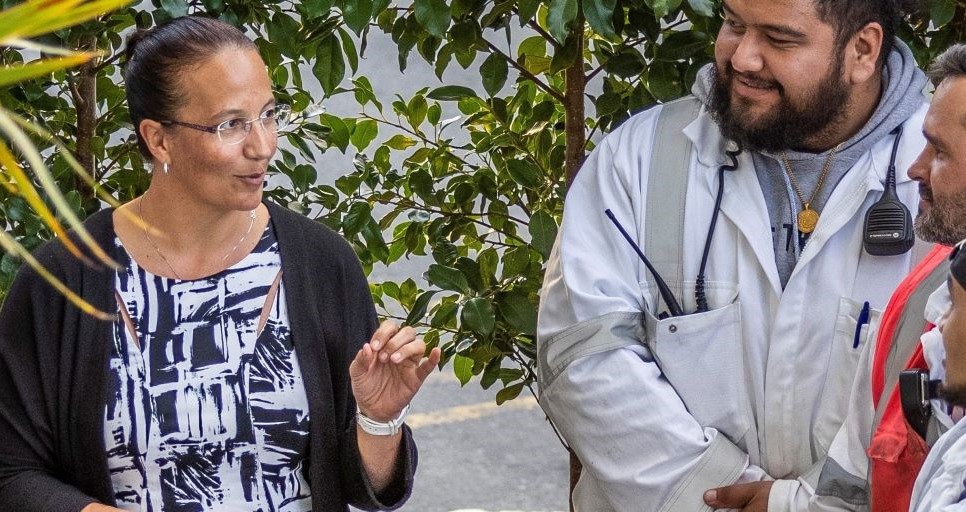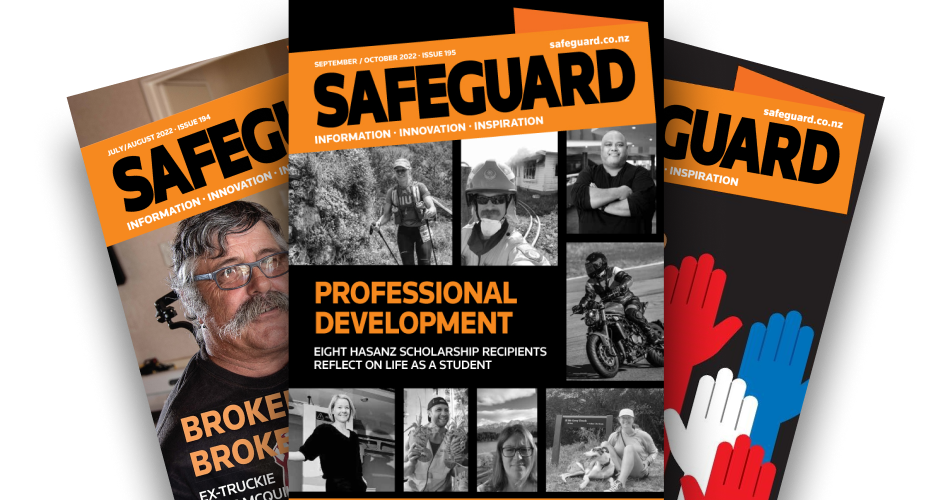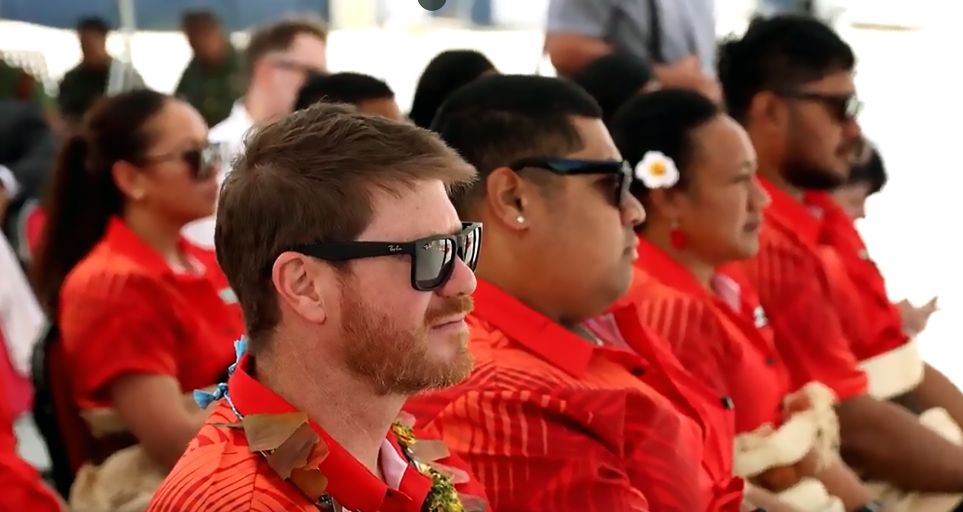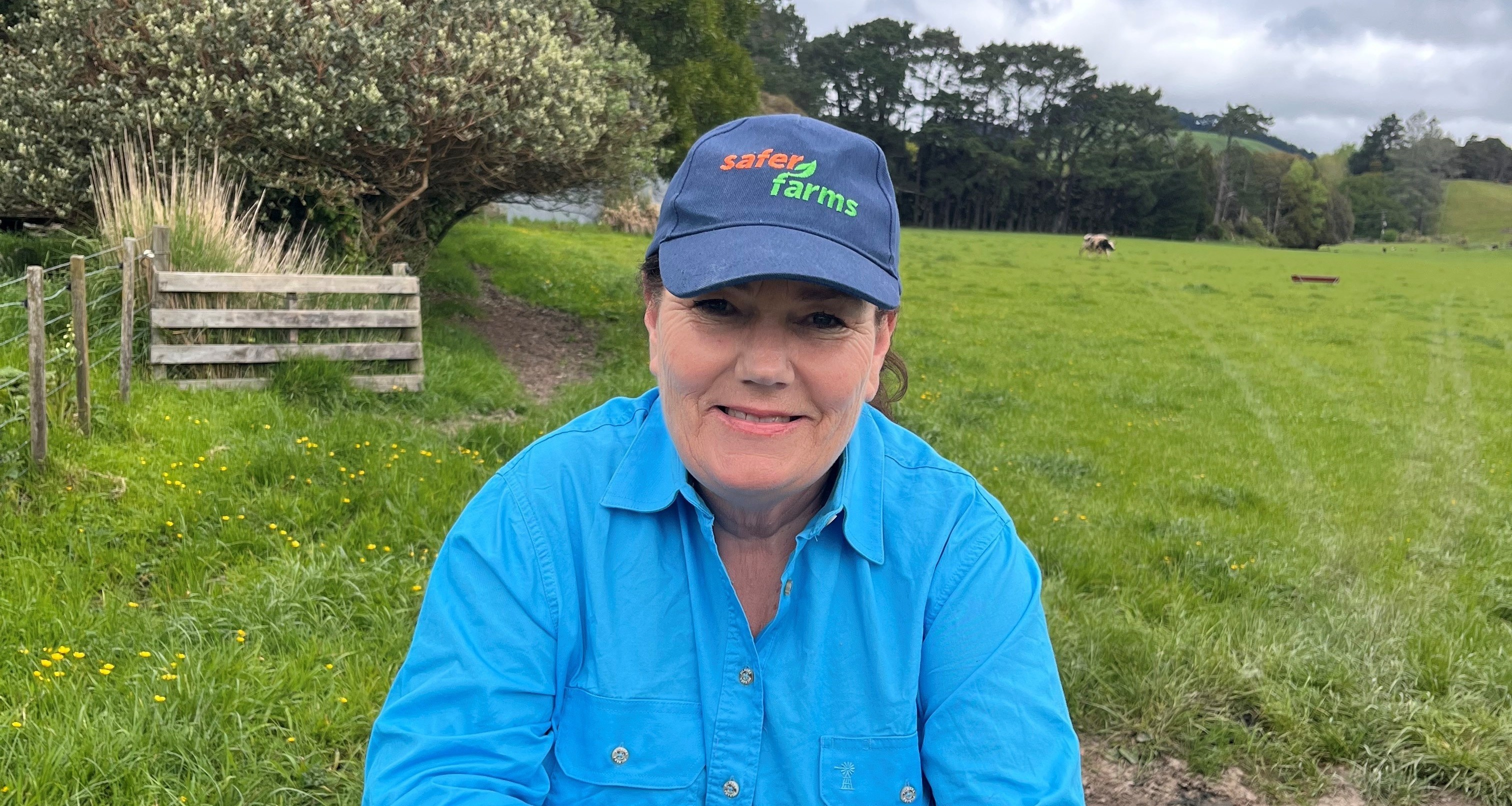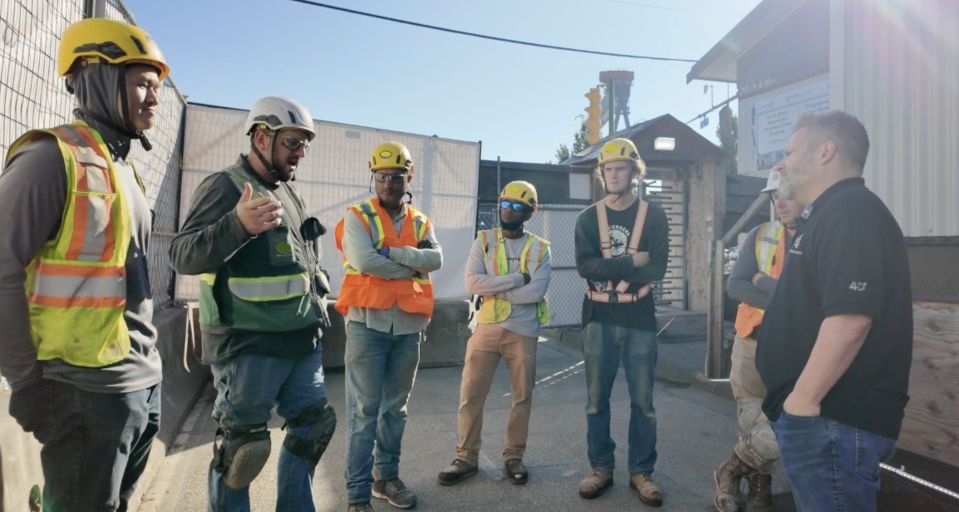Vanessa Matakatea has a simple message for health and safety leaders: listen, listen, listen.
“Listen to the workers. They have the ideas. It’s their lives. Let them have a voice.”
It’s a stance Matakatea, former GM Safety and Wellbeing at Port of Auckland (POAL), called on extensively in her role turning around the health and safety culture at the port following fatalities in 2018 and 2020. That work saw POAL win the Collaboration award at this year’s Safeguard awards, with Matakatea taking out the Practitioner category.
Her method? Collaboration, worker engagement – and lots of listening.
“My experience is that we ask questions, but we don’t really listen to what is being said,” she says. “But when I say ‘listen’, it’s about empowering that voice as well, because the whole listen piece is about taking action when they do tell you something.”
Historically, POAL has been better known for industrial unrest than industrial cooperation. Relationships between the business and unions and between management and workers were fractured when Matakatea joined in early 2021.
“For the first six months, I was spat at, sworn at, screamed at.
“I apologised. I let them cry. I let them heal. Because no one had done that following the two fatalities.”
A confronting review
Following the fatalities, shareholder Auckland City had engaged CHASNZ to provide an independent review of everything health and safety-related, including systems, methodology and culture.
Matakatea arrived in the job just weeks before the report was released. It identified a systemic failure in H&S systems and included 45 recommendations, something she recalls as “an eye-opener”.
She says the Port had H&S controls and systems in place, but they weren’t well shared or engaged with because they had been put in without consultation, so people weren’t using them.
“I walked into a business that was toxic in nature in terms of health and safety. I was given an independent review and told to fix it.”
But Matakatea says she had a benefit many others in her kind of position aren’t afforded: “I got given free rein – whatever the cost, whatever people and resources you need to fix it, just fix it.”
She knew, however, that this freedom wouldn’t last forever.
“We have got to have a balance of productivity and running a business as well, so I was determined to get it done not only quickly, but sustainably.”
Her previous role at Visionstream (now Ventia) had exposed her to good systems and she’s open that to some extent it was a matter of cut-and-paste.
“It wasn’t reinventing anything. A critical risk programme that worked really well in the construction industry needed to be adapted to our own risks, but the framework was there.
“All I had to really focus on was getting the people on board.”
She began reshaping POAL’s health and safety management – working to resolve the critical recommendations of the CHASNZ report, transforming the port’s H&S culture and union relationships, establishing a critical risk framework, and developing and delivering an internal safety leadership programme.
Earning trust
But her first task was to build trust and respect. Rather than bringing in qualified health and safety people, she brought in great communicators who could sit in the lunchroom and chat with staff. She fronted the team, turning up every day at 7am, being visible, present and listening. That management visibility – other managers also joined her – was one of the biggest shifts for the port.
It took 12 months to build the necessary trust and respect.
Alongside that, she worked on taking health and safety back to the basics.
“We literally had to make sure everyone had a clear understanding of things like, what is a hazard? What is a risk? What is a critical risk?
“That took six months on its own, before we could even start talking about what our critical risks were.”
Language was a critical component. While some in the business had a high level of health and safety understanding, others had little.
“Your language is important. Don’t overcomplicate things. Keep them simple.”
Instead of asking ‘What is a hazard?’, Matakatea asked ‘What can hurt you?’
‘What is the risk?’ became ‘How will you get hurt?’
‘What is the risk control?’ became ‘What can stop you from getting hurt?’
Simple visual tools were developed, including pocket-sized booklets, posters, and logos identifying high risk hazards, along with safe operating procedures and policies, all using the same language.
Workers accountable too
Importantly, the workers themselves designed and launched the tools, committing to them and signing a personal commitment to accountability.
“We created health and safety committees, and we used compliance to make sure we had the right nominees through all that process, but really the empowering of the voice was the message.
“That’s ultimately how we got the best of our worker engagements.”
Employee accountability was a key component. While H&S people rightly focus on the duties of officers and of PCBUs, Matakatea says sometimes the obligations on workers can be overlooked – because they too are required to follow the law and look after their own safety.
“I was having one conversation with managers, but equally I was telling workers that they had an obligation as well. It’s not all on the managers to keep you safe. You have a part to play in that as well.”
Matakatea, who is currently completing a psychology degree, harnessed Sir Mason Durie’s Te Whare Tapa Whā wellbeing model, which describes health and wellbeing as a four-walled wharenui/meeting house, comprising physical, spiritual, mental/emotional and family/social.
She had used this model during in the construction industry, and now she applied it not just to individuals but to the Port as a whole.
“I looked at the health of POAL in each space – have they got physical controls? Have they got emotional and psychological wellbeing? Have they got family relationships – who are your family, the key stakeholders you deal with within the job?
“And then the wairua/spiritual one, where I looked at the organisational culture of the business and how we talk to each other, how we treat each other.”
Death triggers wider action
In April 2022 another fatality occurred at the port in an area under the control of a stevedoring company – one of a number of other PCBUs operating in the area alongside POAL.
It became a trigger for a significant piece of work around collaboration. POAL CEO Roger Gray convened an urgent safety summit with all CEOs and safety staff of all port-based PCBUs, along with the POAL board chair and representatives from the Maritime Union of NZ.
All stakeholders were given an opportunity to share their feelings about the fatality, to voice their concerns about safety, and to discuss a new way forward.
“It was difficult given the history to get some individuals into the room, but everyone was on the same page – that we couldn’t keep killing or hurting people and working in different ways,” Matakatea says.
The group agreed on the need for a set of basic safety standards that all port PCBUs would abide by and that would also apply to anyone entering the port. They also agreed on the need to develop a stevedoring Code of Practice for the port – unlike many other high-risk industries, there is no ACOP for stevedoring in New Zealand (though one is now under development by Maritime NZ).
Fifteen basic safety rules were created, alongside a Stevedoring Code of Practice based on Australia’s version in place since 2016, with amendments and some “New Zealandising”.
The draft copy was then taken to the workforce and, after months of collaboration and input from subject matter experts, the new code was signed off in March 2023.
The results in data
A 2022 survey of POAL staff saw the safety and wellbeing score jump 16 points from 2020, to 74%. The majority of CHASNZ recommendations have been completed, and level 1 and 2 incidents/near misses decreased 80% in the six months to March 2023, versus the previous half-year.
“There will always be more to do,” Matakatea says.
“In the two-and-a-half years I was there it was very much about empowering others to fix their own problems – giving them the tools and the means to fix them, and empowering them to go to management and raise issues themselves.
“With all those structures in place, I became less needed – which was an indication to me that I’ve done a good job.”
